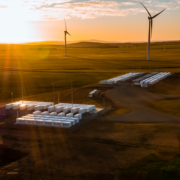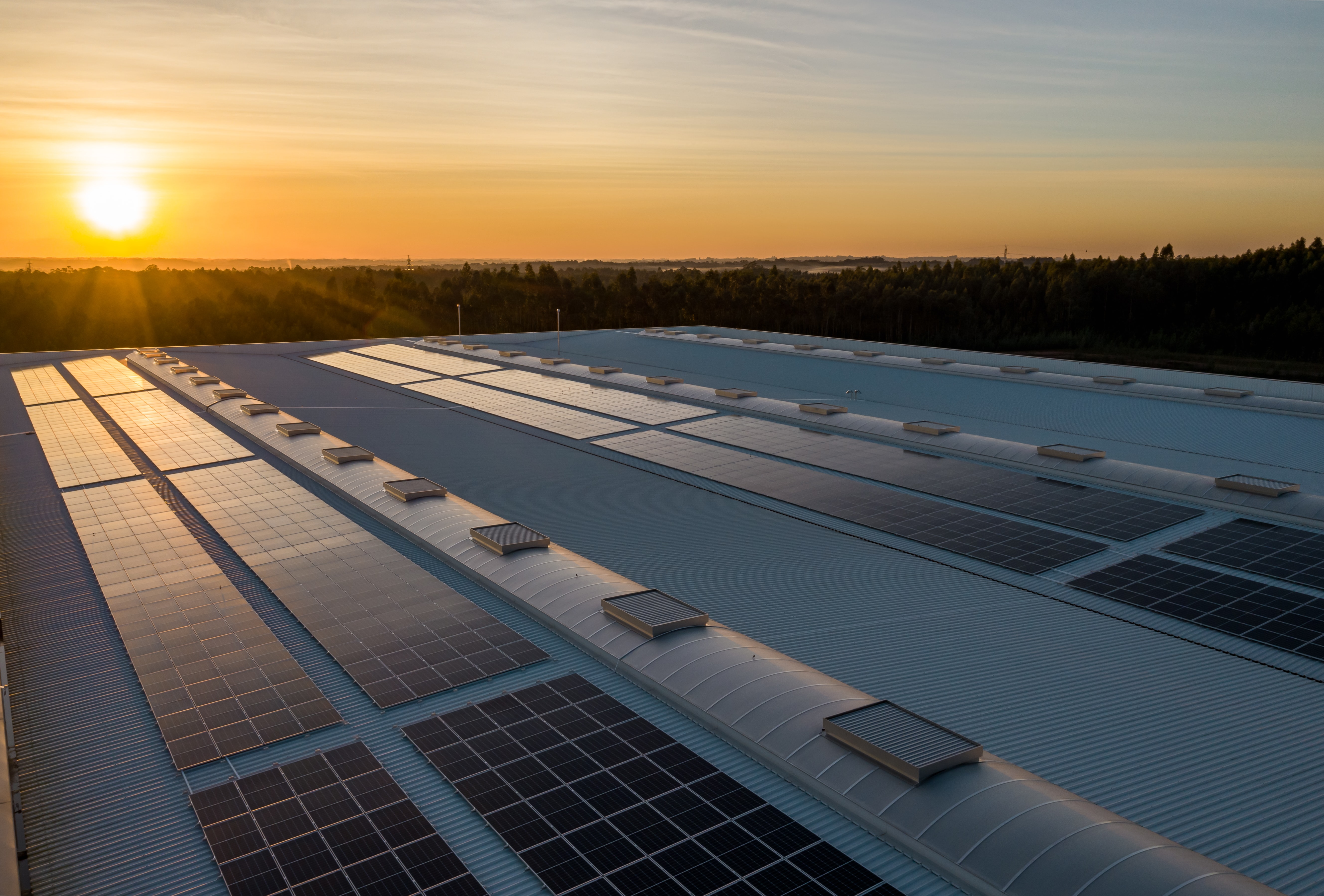Energy Storage Financeability in Australia
Nexa Advisory, commissioned by the Clean Energy Investor Group (CEIG), has undertaken research to define the challenges and propose policy solutions that are practical and supported by industry and government.
Summary of Key Findings
1- Australia requires a significant growth in energy storage over the next decade to ensure a smooth transition
2- Australia’s Energy Storage market growth has been reliant on government support
3- New services and markets are urgently needed to facilitate investment
Key challenges to ‘financeability’
- The lack of certainty about when coal power stations will close and exit the system is deterring investors in storage because revenue streams are uncertain and difficult to model.
- Revenue streams are more certain for short-duration batteries of 1-2 hours. However, sources of revenue are limited to energy arbitrage and provision of FCAS. Both these revenue streams are volatile.
- Batteries of greater than 2-3 hours duration are not supported by the current ancillary service market. FCAS favours speed of response over energy availability.
- There is limited competition in the Power Purchasing Agreements (PPA) market which is dominated by incumbents, restricting the opportunity for revenue and financing opportunities.
- Many financial institutions and lenders do not consider PPA off-take agreements unless the counterparty has a very high credit rating, creating a dependence on incumbent players.
- While storage typically benefits from volatility in the energy market, new services and contracts for existing and new markets are missing.
- Contracts offered by AEMO for services are short, of the order of 2-3 years, which may be appropriate for assets that have paid down their original investment but is not supportive of new entrants or new technologies, such as batteries.
- Research and development in the energy sector in Australia is significantly underfunded, representing 0.019% of GDP. This is below the global average, and declining from a high in 2013. Additionally, over 34% (2021) of R&D funding is directed at fossil fuel activities, , rather than at the technologies we need for a clean power system[1]. Only 5% of funding is going to storage technologies.
- Awareness in the financial sector of the revenue opportunities, and understanding of the technology, is low. This means that developers have to educate financiers and/or take on more risk themselves in order to progress a project.
Key recommendations- summarised
To address these challenges and seize opportunities, the report offers a comprehensive set of strategic recommendations:
- Ensuring transition certainty by implementing an orderly coal closure rule
- Developing new markets for battery storage, with support from the Australian Energy Market Commission (AEMC) and AEMO.
- Investment in Long-Duration Energy Storage (LDES) technologies, supported by Federal and state funding.
- Ensuring transparency in Capacity Investment Scheme(CIS) Mechanism Development through stakeholder involvement.
- Energy ministers should ensure fit-for-purpose approvals for storage.
- Supporting education and outreach efforts, to enhance finance sector awareness in collaboration with government, industry, and investors.
- Reforming superannuation benchmarks and frameworks, enabling investment in Long Duration Energy Storage (LDES).
Link to full report: Nexa Advisory – Energy Storage Financeability in Australia







